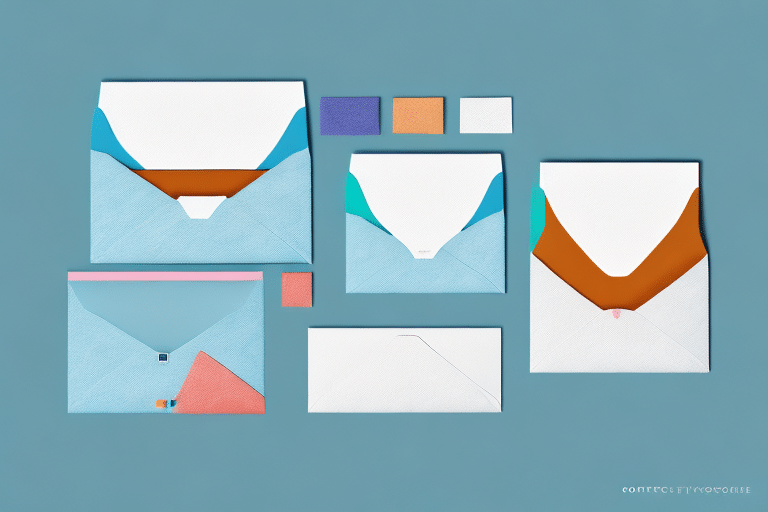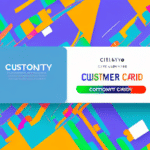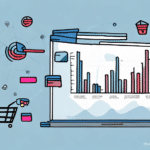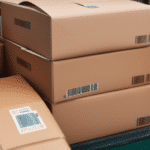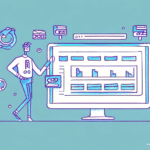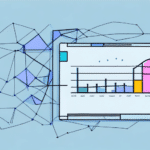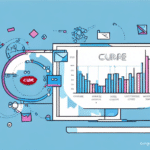Importance of Customer Retention Letters
In today's competitive business landscape, retaining existing customers is crucial for long-term success. Studies show that acquiring a new customer can cost five times more than retaining an existing one [Forbes, 2023]. Customer retention letters play a pivotal role in fostering loyalty, reducing churn, and encouraging repeat business. By effectively communicating appreciation and value, businesses can strengthen their relationships with customers and ensure sustained growth.
Crafting Effective Customer Retention Letters
Understanding Your Customer Retention Needs
The foundation of an effective customer retention letter lies in understanding your customers' needs and preferences. Conducting thorough research and gathering feedback through surveys or direct interactions can provide valuable insights. This data allows businesses to tailor their messages, ensuring they address specific customer pain points and enhance overall satisfaction.
Key Elements of an Effective Letter
An impactful customer retention letter should include the following key elements:
- Personalized Greeting: Address the customer by name to create a personal connection.
- Clear Statement of Appreciation: Express genuine gratitude for their continued support.
- Value Proposition: Highlight the unique benefits and value your business offers.
- Call to Action: Encourage the customer to take a specific action, such as providing feedback or making a purchase.
- Next Steps: Outline what the business will do next to maintain or enhance the relationship.
Additionally, incorporating social proof like testimonials or case studies can bolster credibility and trust.
Personalization Strategies
Personalization goes beyond using a customer's name. It involves tailoring the message based on their purchase history, preferences, and behaviors. Segmenting your audience enables you to create targeted messages that resonate more deeply. For instance, a customer who frequently purchases a particular product line can receive tailored offers related to their interests.
Crafting Compelling Headlines
The headline is the first touchpoint of your retention letter and should be both attention-grabbing and relevant. Effective headlines often use emotional triggers such as exclusivity, urgency, or curiosity. For example:
- "Exclusive Offer Just for Our Valued Customers"
- "We're Here to Make Your Experience Even Better"
Ensure that the headline accurately reflects the content to maintain trust and engagement.
Examples and Inspiration
Successful Subject Lines
- "Don't Miss Out on Your Exclusive Offer"
- "We Want to Hear from You: Please Share Your Feedback"
- "Our Gift to You: A Special Discount Just for Being a Valued Customer"
- "Thank You for Your Business: Here's a Token of Our Appreciation"
- "A Personalized Invitation to Join Our Exclusive Club"
Real-Life Case Studies
Examining real-life examples can provide valuable insights into successful retention strategies:
- Example 1: An ecommerce company sends a personalized email to a customer who has abandoned their cart, offering a 10% discount if they complete the purchase within 24 hours.
- Example 2: A subscription-based service reaches out to inactive users with tailored messages highlighting new features and offering a free trial extension to re-engage them.
- Example 3: A SaaS company contacts dissatisfied customers, apologizing for their experience and outlining steps being taken to resolve their issues, fostering trust and loyalty.
- Example 4: An airline rewards frequent flyers who haven't booked a flight in months with bonus miles or seat upgrades to encourage future bookings.
- Example 5: A retailer sends handwritten thank-you notes to customers who made significant purchases, along with a special discount for their next visit.
Enhancing Retention Strategies with Data and Storytelling
Using Data to Drive Your Strategy
Leveraging data analytics can significantly enhance your retention efforts. Tools like customer journey mapping and predictive analytics help identify patterns in customer behavior, enabling more personalized and effective campaigns. For example, understanding the lifecycle stages of your customers can inform the timing and content of your retention letters.
According to a Datamation report, businesses that utilize data-driven strategies are 23% more likely to retain customers.
The Power of Storytelling
Incorporating storytelling into your retention letters can create an emotional connection with customers. Sharing success stories or customer testimonials makes your message more relatable and memorable. For instance, detailing how another customer overcame challenges using your product can inspire and motivate your audience to continue their relationship with your brand.
Measuring and Optimizing Your Campaigns
Best Practices for Measurement
To gauge the effectiveness of your retention letters, it's essential to establish clear metrics and regularly analyze them. Key performance indicators (KPIs) to consider include:
- Customer Retention Rate: The percentage of customers who continue to do business with you over a specific period.
- Customer Lifetime Value (CLV): The total revenue a business can expect from a single customer account.
- Customer Satisfaction Scores (CSAT): Metrics that reflect how satisfied customers are with your products or services.
- Response Rates: The percentage of customers who respond to your retention letters.
Regularly tracking these metrics allows you to identify what works and what needs improvement, enabling continuous optimization of your retention strategies.
Avoiding Common Pitfalls
While crafting customer retention letters, be mindful of common mistakes that can undermine your efforts:
- Using Generic Templates: Failing to personalize your messages can make customers feel undervalued.
- Overlooking Customer Feedback: Ignoring feedback can lead to unresolved issues and increased churn.
- Misleading Claims: Making promises you can't keep damages trust and credibility.
- Lack of Follow-Through: Not acting on the commitments made in your letters can frustrate customers.
Ensure your messaging is authentic, transparent, and focused on delivering genuine value to foster trust and loyalty.
Leveraging Automation and Tools
Automation can significantly streamline your customer retention efforts, allowing for timely and consistent communication. Tools such as email automation platforms, marketing automation software, and customer relationship management (CRM) systems can help manage and personalize your retention campaigns effectively.
Some top tools and resources include:
By leveraging these tools, businesses can automate their retention processes, personalize communications at scale, and gain valuable insights to further enhance their strategies.
Top Tools and Resources for Creating Successful Customer Retention Letters
Creating effective customer retention letters requires the right tools and resources. Here are some recommended options to consider:
- Email Marketing Platforms: Mailchimp, Constant Contact, and HubSpot offer robust features for designing and automating personalized emails.
- Marketing Automation Tools: Solutions like Pardot, Marketo, and Eloqua enable advanced automation and segmentation capabilities.
- Customer Feedback Platforms: SurveyMonkey and Qualtrics help gather and analyze customer feedback to inform your retention strategies.
- CRM Software: Salesforce, Zoho, and SugarCRM assist in managing customer relationships and personalizing communications.
- Online Writing Tools: Enhance the quality of your letters with tools like Grammarly and Hemingway for grammar checking and readability improvements.
Utilizing these resources can help streamline the creation and execution of your customer retention campaigns, ensuring they are both effective and efficient.













